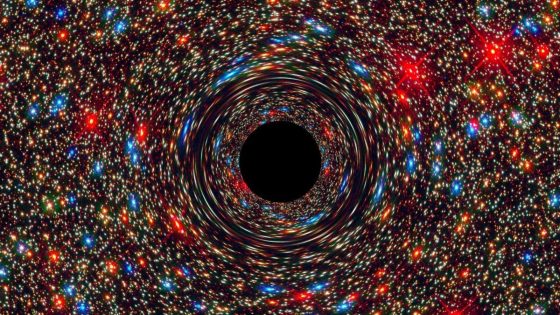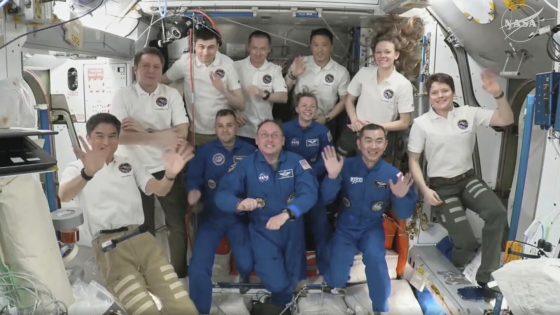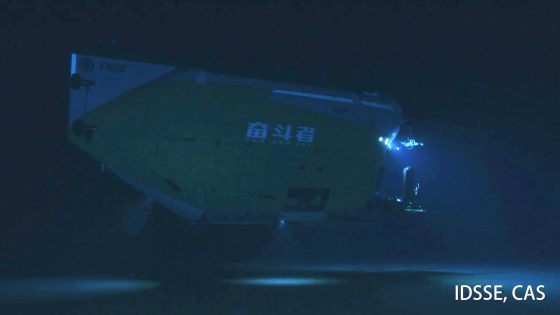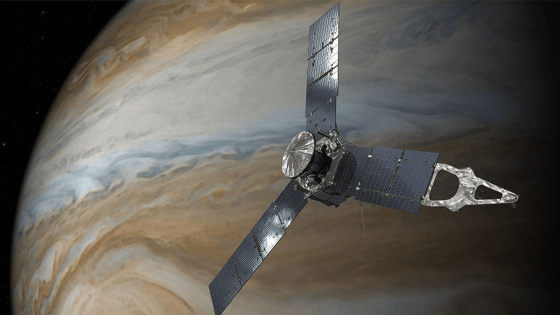Astrophysicists are one step closer to exploring black holes, a topic that has fascinated scientists for decades. A new proposal, published on 2025-08-07 19:10:00 in iScience, outlines a potential mission to send a nanocraft to a nearby black hole. This ambitious plan aims to unravel the mysteries surrounding these enigmatic cosmic phenomena.
- Proposal for interstellar mission to black holes
- Need for nearby black hole discovery
- Development of nanocraft for exploration
- Mission could take up to 100 years
- Potential to test general relativity theories
- Importance of bold scientific discussions
The proposal, led by Cosimo Bambi from Fudan University, suggests a two-part approach: first, identify a relatively close black hole, and second, develop a tiny probe capable of enduring the extreme conditions of space. While the concept is speculative, Bambi believes that with technological advancements, such a mission could become feasible within a few decades.
The challenges of this mission raise important questions about our current capabilities in astrophysics. Can we truly develop the technology needed to survive the intense gravitational forces of a black hole? If successful, this mission could provide groundbreaking insights into the nature of spacetime.
- Identifying a nearby black hole is crucial for mission feasibility.
- Nanocrafts could revolutionize space exploration beyond exoplanets.
- Data from a probe could challenge existing theories of general relativity.
As we look to the future, the pursuit of such daring missions could inspire the next generation of scientists to think boldly and push the boundaries of what is possible in astrophysics.

































